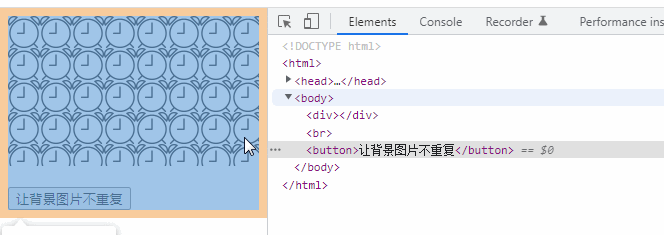
Hence, you can pass a stream to the image output function, and retrieve it later. Using the stream_wrapper_register function, a new stream wrapper can be registered. (Firefox 1. It appears that some servers/browers are striping out the default header so the image is not rendered and appears as raw data. You may have many reasons that you don't want to use output buffering. When displaying an image using imagepng or imagejpeg, you may want/need to call 'header('Content-type: image/jpeg')' before the imagepng and imagejpeg functions. Imagepng($image, null, $quality) // pass null to supposedly write to stdout There are two ways to write into a variable. Examples include image/png, image/gif and image/jpeg. $mimeType is the MIME type of the format you are returning. However, in the HTTP response, you need to specify your content type: header("Content-Type: $mimeType") to create dynamic badges), you don't need to pass anything (or pass null) as the second argument.
If you want to directly return this image as the response of the image (e.g. Since the stream is closed by the function after the call, you will be unable to use it further, such as to retrieve its contents. When using fopen, make sure to use the b flag rather than the t flag, because the file is a binary output.ĭo not try to pass fopen("php://temp", $f) or fopen("php://memory", $f) to it. $stream = fopen("phar://path/to/target.phar/file.png", "wb") If you pass a stream, you don't need to close it, because GD will automatically close it.įor example, to save a PNG file: imagepng($image, "/path/to/target/file.png") If not set or NULL, the raw image stream will be outputted directly. If you want to save the image to a file, you can pass the filename, or an opened file stream, as $to. An image resource, returned by one of the image creation functions, such as imagecreatetruecolor().

They have this syntax in common: bool image_(resource $im ] ) Type juggling and Non-Strict Comparison IssuesĪn image can be created using image* functions, where * is the file format.php mysqli affected rows returns 0 when it should return a positive integer.
Php imagejpeg imagepng imagegif windows#


 0 kommentar(er)
0 kommentar(er)
